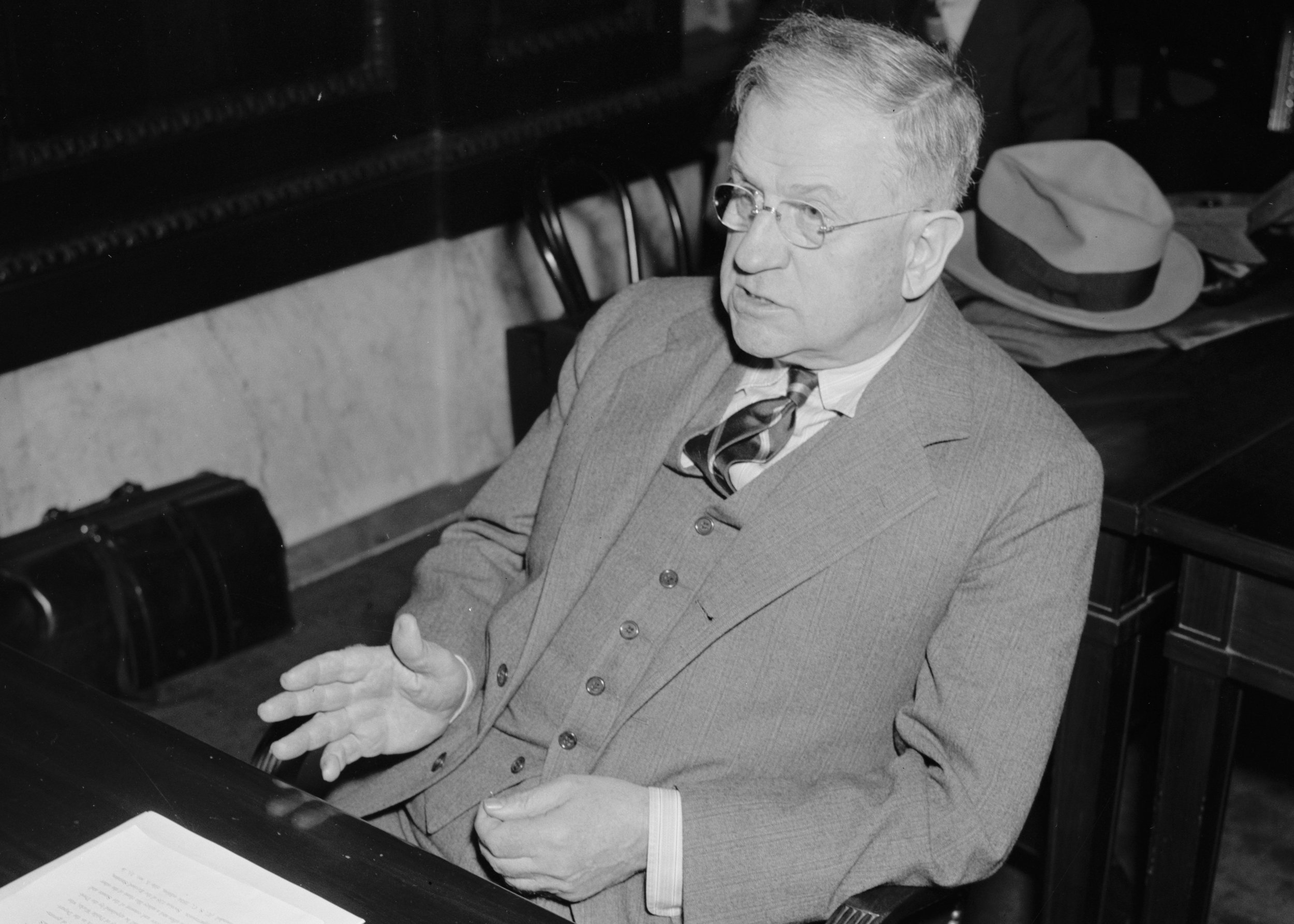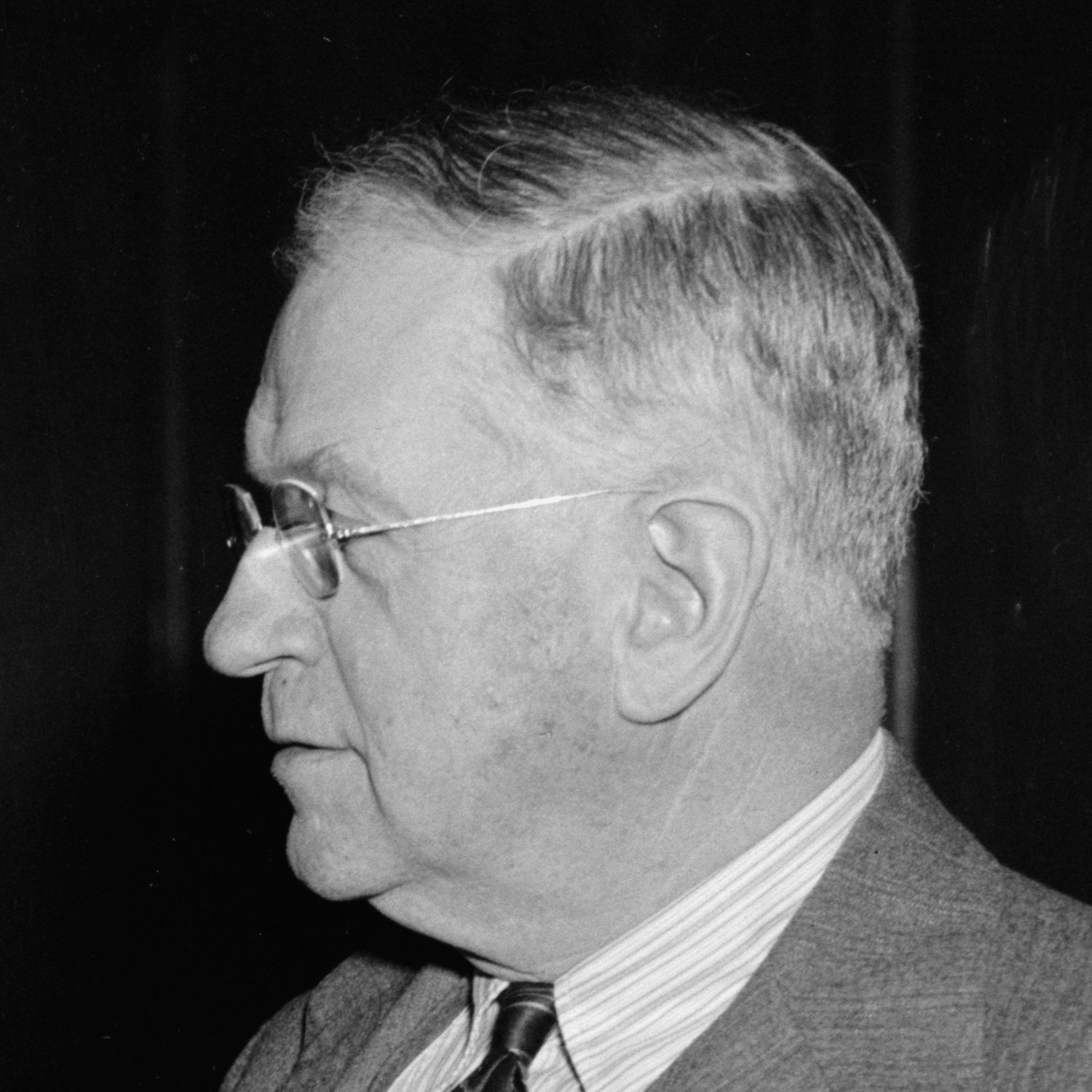Historian David Knowles said:
The verdict of unprejudiced historians at the present day would probably be—abstracting from all ideological considerations for or against monasticism—that there were far too many religious houses in existence in view of the widespread decline of the fervent monastic vocation, and that in every country the monks possessed too much of wealth and of the sources of production both for their own well-being and for the material good of the economy.
The Reformation included Henry VIII disolving the monasteries and commandeering their wealth. How will our modern monasteries be treated in coming years?
Poor people, rich people, where we put our money, and the absurdity we believe to justify the difference...
Poor People
Poor people end up at for-profit colleges, says Tressie McMillan Cottom in her book Lower Ed. In a piece for the Atlantic, she writes:
When education researchers talk about the unmet consumer demand that for-profit colleges serve, they’re talking about inequality. Who is mostly likely to go to good schools with college-prep classes, have medical care and stable housing, focus on standardized tests, and have the money to participate in extracurricular activities? And who does not have those social resources that many traditional colleges assume their likely student will have? Again, the answer can be summed up by race, class, and gender.
Rich People
Politico: How U.S. News College Rankings Promote Economic Inequality On Campus, by Benjamin Wermund.
A POLITICO review shows that the criteria used in the U.S. News rankings — a measure so closely followed in the academic world that some colleges have built them into strategic plans — create incentives for schools to favor wealthier students over less wealthy applicants.
Those criteria often serve as unofficial guidelines for some colleges’ admission decisions and financial priorities, with a deeply ingrained assumption that the more a school spends — and the more elite its student body — the higher it climbs in the rankings. And that reinforces what many see as a dire situation in American higher education.
“We are creating a permanent underclass in America based on education — something we’ve never had before,” said Brit Kirwan, former chancellor of the University of Maryland system.
Where we put our money
The Century Foundation: How Higher Education Funding Shortchanges Community Colleges, by Richard D. Kahlenberg.
Overall, the report by de Alva and Schneider concludes that total federal, state, and local appropriations and tax subsidies per full-time equivalent student is $41,100 at private high-endowment institutions, $15,300 at public flagship institutions, $6,700 at public regional institutions, and $5,100 at community colleges.
...
In higher education, ...we generally spend the most on four-year institutions that educate the wealthiest students, while community colleges, which educate a disproportionate number of needy students, get the least.
And no good argument why they should be treated so differently
WSJ Commentary: College Is Trade School For The Elite, by Albert Guelzo (Gettysburg College and Claremont Institute).
College-based vocationalism is still vocationalism; there’s no intrinsic difference between peeling a spud and popping a vein. But it is a vocationalism of merit, defined by testing, credentials and cultural signaling. In this version of vocationalism, the four-year college experience becomes a path by which the talented and brainy are induced to abandon their neighborhoods, churches and families to become the next generation of staffers for multinational corporations and nonprofits. Either you arrive already equipped with merit (through your meritocratic parents and your meritocratic college-prep program) or you are cherry-picked to receive it, and thereafter spurn the base rungs by which you do ascend.
...
But meritocracy, as the cultural critic Christopher Lasch wrote, "is a parody of democracy." It promises advancement, but only for a few, and only at the expense of a common culture.
Kirkland House, Harvard



